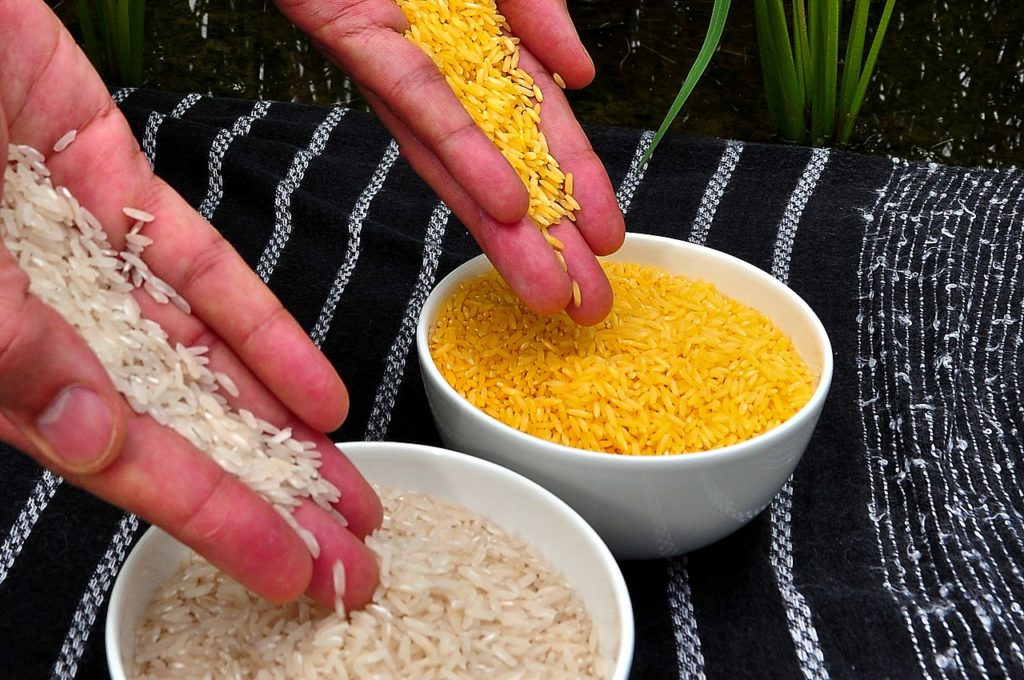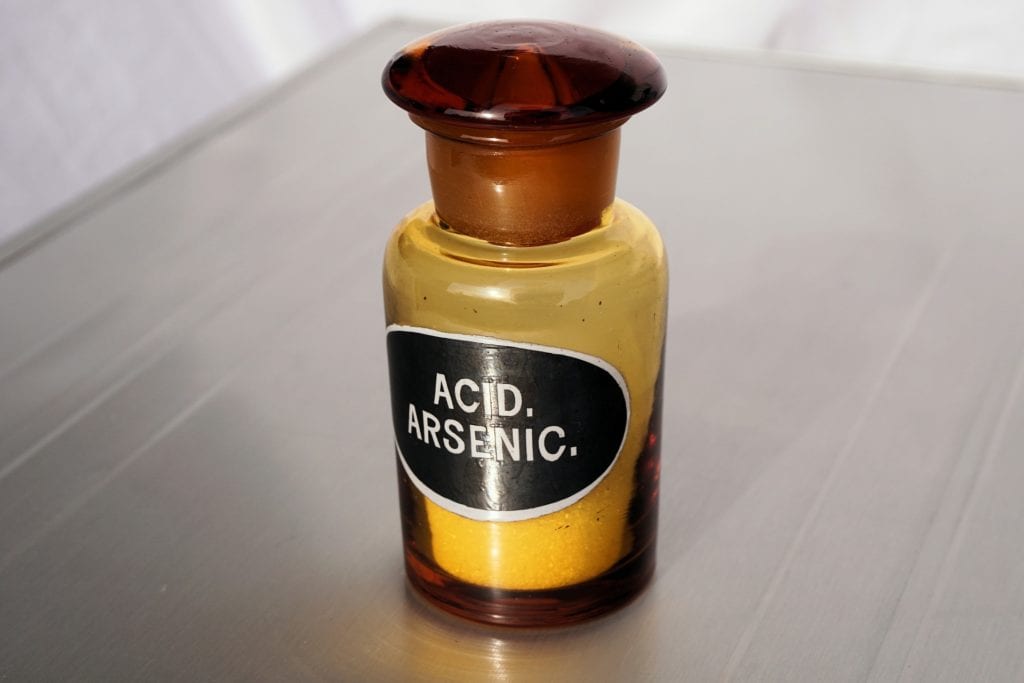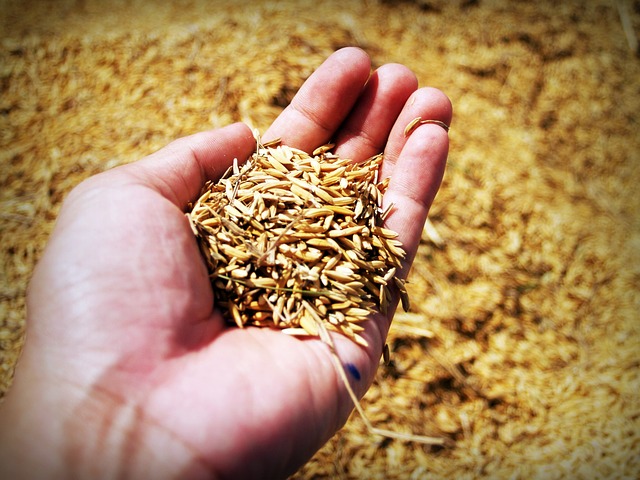El rice It has been incorporated into our diet for hundreds of years. It is a food that provides us with minerals such as football and iron and is rich in Vitamins. What you may not know is that this food also gives us arsenic, which is essential for life, but in its proper measure. Its deficiency or excess can cause us health problems, especially the so-called arsenic inorganic. To combat this problem, a group of researchers has discovered a rice plant variant is resistant to that compound, something that promises a lot. You want to know why? We explain it to you!
What is arsenic?
The first thing you have to know is what arsenic is. It is an element widely distributed in the earth's crust. Is a metalloid which can be found organically and inorganically. Arsenic combined with carbon and hydrogen it is known as organic arsenic. The problem is in the inorganic, which is arsenic combined with oxygen, chlorine and sulfur. Inorganic arsenic, even in small amounts, can cause various chronic problems, chromosome damage, or cancer.

When there is a high level of inorganic arsenic in rice crops, the plant and rice grains are more likely to absorb it and make it bad later for our health. And, according to some research, the intake of inorganic arsenic in the population through the consumption of rice and derived products could be exceeding the maximum recommendation of the European Food Safety Authority (EFSA). To this must be added that the increase in temperatures by the climate change contributes to increasing the arsenic content in rice.
Likewise, in agricultural regions of Asia the arsenic content is increasing in groundwater due to excessive use of herbicides, fertilizers, sludge from sewage, etc. The problem is that the fact that the rice is grown in submerged fields favors the plants absorb through the roots a greater amount of this element that ends up entering the food chain.

The good news is that this problem could be in the process of being fixed. Since a group of researchers has discovered a rice plant variant is resistant to inorganic arsenic. To the point that this element accumulates in the grains one third less than in other conventional varieties of rice.
How is this variant of the rice plant?
This rice plant variantcalled astol1, has characteristics that make it possible to grow it in areas with high arsenic content and to obtain grains with a lower index of this element. It also has another great quality and that is that it contains a 75% more selenium. This mineral stands out for its capacity antirust and to stimulate the immune system. In addition, it is capable of destroying damaged cells reducing the risk of diseases such as cancer or others.
Researchers from the University of Heidelberg (Germany) and the Nanjing Agricultural University (China) after analyzing more than 4.000 variants of rice plants. Of that number, only one managed to have the characteristics they were looking for. This characteristic means that the so-called exchange of amino acids in a single protein which, among other things, controls the formation of amino acid cysteine, that acts by responding against substance toxic with the in order to neutralize it.

In the future, this variant could be used to produce rice in areas contaminated with arsenic, taking advantage of farmland and improving food safety, and given its content in selenium, it would be ideal to combat the deficiency of this element in the human diet.
Rice is a completely food healthy for us currently. This food passes many sanitary controls until it reaches our plates and, as we have said, arsenic is fundamental For our lives. Therefore, you should continue to eat this tasty y nutritive grain. The only thing, that thanks to this new plant variant of rice it will start to have less inorganic arsenic and it will be even better for our health. In addition, far fewer crops and far fewer rice paddies will be destroyed. What do you think of this new discovery? Do you think it can revolutionize the world of rice?






